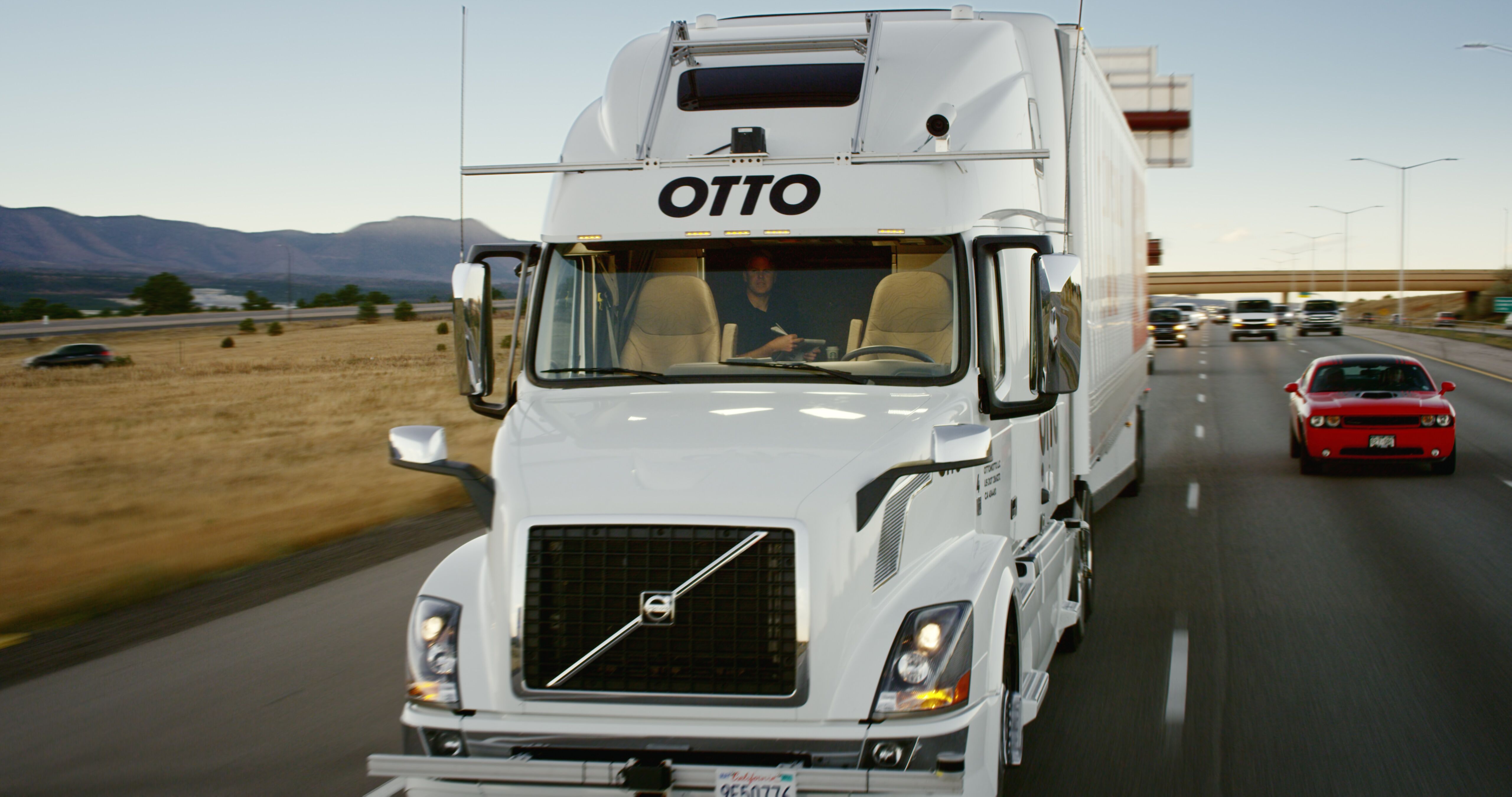Driverless cars are still considered in the testing phases, and make some people uneasy.
Put a 53-foot trailer behind a semi, with no driver, and it sounds downright crazy.
Last week, a truck went all the way from Fort Collins to Colorado Springs without a driver at the wheel.
Budweiser delivered more than 50,000 cans of beer with help from a driverless tech company, Otto, to make the first driverless freight pull in history.
“In the future this will be the way forward,” said CDOT executive director Shailen Bhatt, who went on the maiden voyage. “It was flawless.”
The full test took place after 1 a.m. to minimize any risk as it traveled from Exit 268 on I-25 to 146. Several CDOT cars escorted the freight.
“Anybody who has got a fleet is going to be interested in this because the safety impacts, the fuel consumption impacts,” Bhatt said. “I mean this is a big deal.”
To understand how the technology will be used we need to understand how the technology works. It only takes three systems; the first is GPS which tracks your location. The second monitors changing dynamic road conditions, and the third takes information from both of these, marries them together and turns them into action for your car.
“We like to think of it assisted driver technologies,” said Greg Fulton, president of the Colorado Motor Carrier's Association. “We think these strategies offer some real opportunities.”
He's pretty excited about what this affords, like reducing the 35,000 car deaths caused by human error every year.
“If we can reduce those then we're going to be able to move freight and people more efficiently and better,” he added.
This technology was a one-time test so don't expect to see a ton of driverless trucks any time soon, just some day.
Budweiser has been working with CDOT for a few months to get this ride in place.
There are several barriers to pass before this is widely used like security and snowy conditions.


